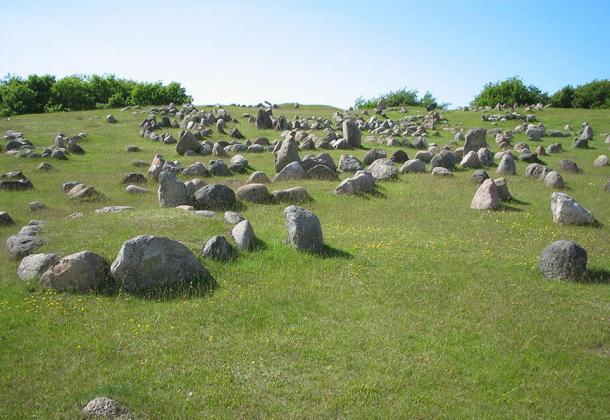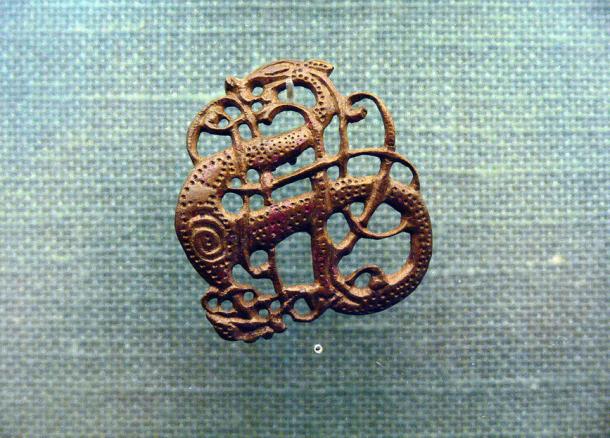An old Viking graveyard called Lindholm Hoje was buried beneath tons of sand and had been forgotten for a thousand years.
In this significant archaeological site in Denmark, up to 700 graves as well as the remnants of Viking Age and earlier Germanic Iron Age villages have been discovered.
Chalk formations were formed around the Limfjord in Denmark during the Cretaceous era. From Aalborg to the east, these formations, which resemble hills, extend. One of these hills is Lindholm Hje, which is located across from the contemporary city of Aalborg on the northern side of the Limfjord. The fact that the Limfjord is at its narrowest here, making it an essential crossing between the North Jutlandic Isle and the Danish mainland, contributed to this region’s appeal as a location for settlement. Aside from that, Lindholm Hje was positioned for defensive strategy. Any resident of the hill, which rises to a height of 42 meters (137 feet), would have a fantastic view of the fjord. This implied that an adversary would be plainly seen if they were approaching the hill. Lastly, it is stated that the soil atop the hill was drier than the surrounding region, making agriculture simpler.

Lindholm Hills, Viking burial site in Denmark. (CC BY 3.0 )
About 400 AD, Lindholm Hje was already populated. The burials that were discovered at the location, the oldest of which have been dated to this period, provide evidence for this. You may find these cemeteries at the top of the hill, and as you descend Lindholm Hje, the burials get younger. The earliest burials are reported to have been inhumed. However it turns out that cremation replaced this burial custom not long after. Therefore, cremated human remains have been discovered in the vast majority of tombs at Lindholm Hje (apart from the earliest ones).
Regarding settlement remnants, it has been stated that excavations have so far uncovered the ruins of two villages, one to the north and one to the south. The first one is supposedly from 700 to 900 AD, while the latter one is from 1000 to 1150 AD. There are reportedly many homes, fences, five wells, and a road in the northern settlement. Six households, each with between 10 and 15 family members, were thought to reside in this settlement, according to estimates. There were additional smaller structures for use in the workplace, and it has been hypothesized that spinning and weaving were done there. In the settlement to the south, there were structures like this. This was Lindholm Hje’s last settlement.

Lindholm Høje, June 2004, view overlooking Nørresundby and across the Limfjord to Aalborg. ( Public Domain )
Sand drift is a phenomena that could have contributed to the site’s abandonment as a place for human settlement. It has been said that the majority of Denmark was covered with woods during the start of the Viking Period. But as time went on, the trees were felled to create houses, ships, and roads, among other things. Due to this deforestation, the western section of Jutland’s land was exposed to blustery westerly winds. Due to erosion presumably, this constant exposure caused the soil’s quality to deteriorate. The ground was also heavily coated with sand, which was transported by the winds.
Archaeologists discovered that Lindholm Hje was covered by a layer of sand that was several meters deep when they started digging there in the 1950s. The people of Lindholm Hje may have moved elsewhere due to a lack of appropriate ground for farming. Nonetheless, the burial grounds and the stone circles that served as tomb markers were preserved thanks to the sand.

Urnes style brooch in bronze; a silver version was found at Lindholm Høje. ( CC BY-SA 2.0 de )
Lindholm Hje is today a popular tourist destination for individuals curious about the history of the place. In addition to the site itself, there is a museum where you can find objects uncovered during excavations as well as replicas of various parts of Lindholm Hje.

